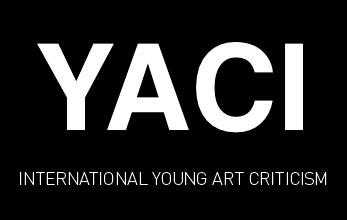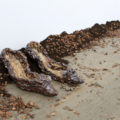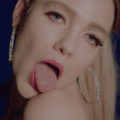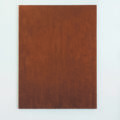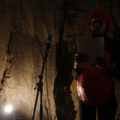Elene Shatberashvili, the self and the look
The eye is there to observe and challenge us. Silent and yet omnipresent, it attracts attention without however initiating a real exchange, here sketched as an Egyptian symbol, there underlined as one more feature in an expressionist painting. Through her self-portrait-like canvases, Elene Shatberashivili exercises her gaze in different games of mirrors and styles. If the eye bears witness to the self, it is changing here and testifies to questions of identity. “Who am I?” seems to wonder about an eyebrow raised in the bottom of a glass. “Who am I to others? “finally asks us these slightly stolen eyes in the corner of a set. The different paintings diffract the painter’s self-awareness. It is not a complete face that is visible – veils or areas of blur keep us from this impression – but, in turn, some parts taken from the reflection of a pocket mirror, shy and insistent blinks as if through venetian blind.

The eye participates with the hand and brush in the attributes of the painter. Elene Shatberashivili is representing herself at work, in her studio and at home. We can guess his gesture and a painting even shows, in a surprising setting in the abyss, his hand going from the mirror to the canvas. We also see it evolving freely. The touches of colour, sometimes fast and nervous, sometimes precise and applied, evoke both a concrete pleasure of the material and a scrupulous figuration. The artist comes and goes between traditions and his desire to show or not to show. The decorative motifs are in the background, so special attention is paid to them. Focus effects on the wallpapers thus make it possible in Self-Portrait with icons to discern in some places flowers and arabesques scraped in the painting and in others, left unfinished, a golden yellow background emerges which recalls as much that of the icons as that of Klimt. The geometry of the compositions is constantly shaken by these back and forth between the ways of doing things, the finished and the unfinished, and gives the impression of a painting in movement, a transitional identity.
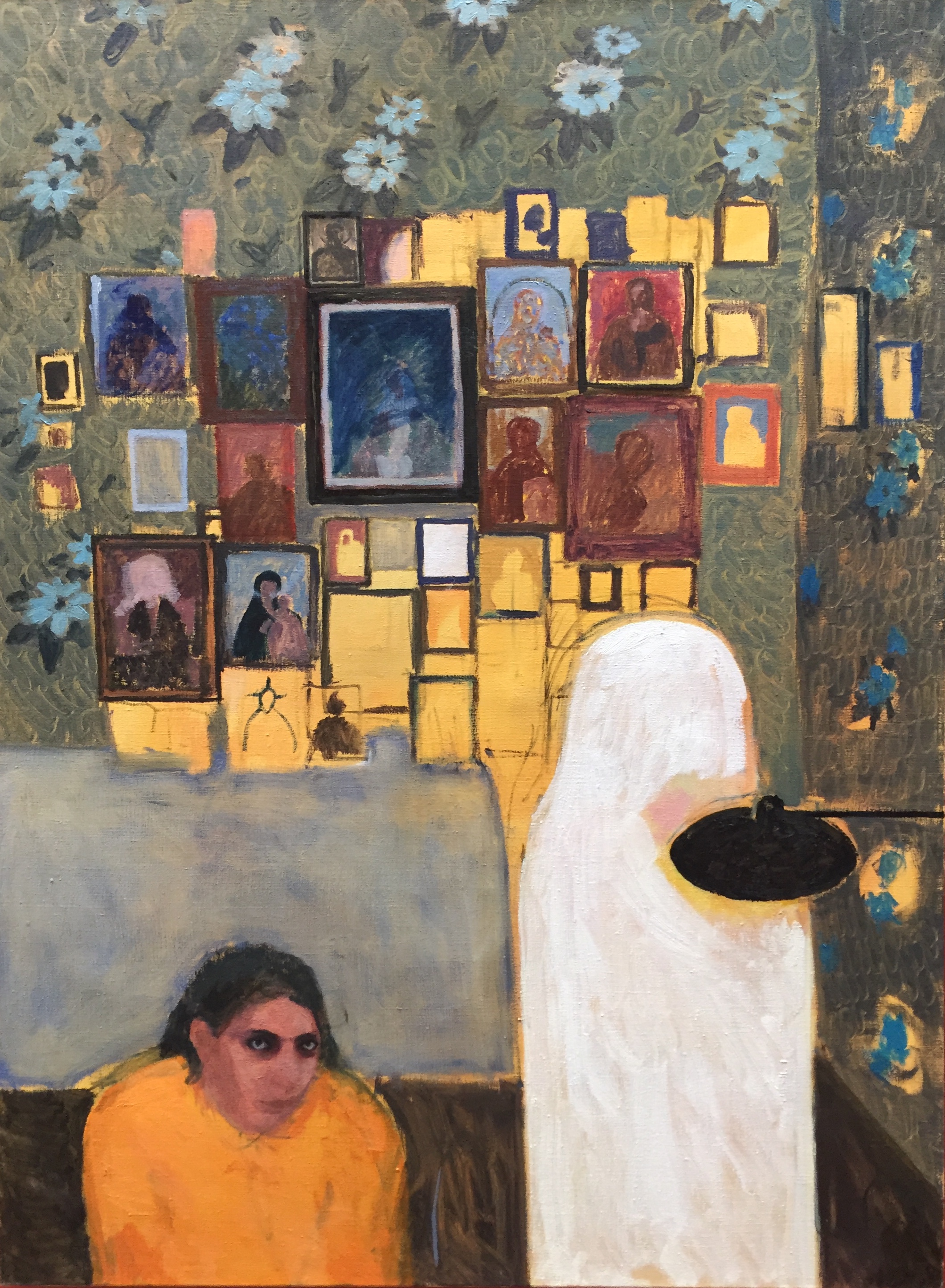
The juxtaposition of different elements and textures gives rhythm to the painting. We could talk about music or poetry so much some words on the canvas suggest, beyond the brush, other forms of expression. From one painting to the next, there is an impression of narrative. Objects circulate, a bowl, a spoon, a glass, a brush as clues to a discreet life. An ephemeris, a photo make it possible to anchor this daily life more precisely in a time, the year 2009, and even a family and geographical context. In My Brother’s Room, the image of the grandfather establishes a genealogical link that can be found in another painting, Grand père, where, through a glass, the photograph of the grandfather coincides with the painter’s face in a disturbing magnifying glass effect. The technique of collage that pushes Elene Shatberashivili to encrust photographs or earthenware tiles in her works contributes to the accreditation of an existence. In the same way, she tells us: “I paint therefore I am”.

The mirrors multiply the space in a theatrical way and contribute to the aesthetics of the fragment. Beyond the angles and what they hide, it is necessary to recompose the part mentally. The hand on the bed invites us, like the Georgian text, to come closer. This character is most probably the painter, even if, veiled, she stands a little far away. In the largest formats where the body appears on a scale of 1, we recognize the space of a room, the fiction of an intimacy, of an identity without really identifying it. What is left of a character once he has been described? And above all, what part of this character do we really know? Elene Shatberashivili accumulates images, posters on the wall of a room or orthodox icons from her native Georgia, as disparate clues. It confronts the points of view by adding and deleting and makes a pictorial game, close to the rebus, a multiple and fragmented self.
